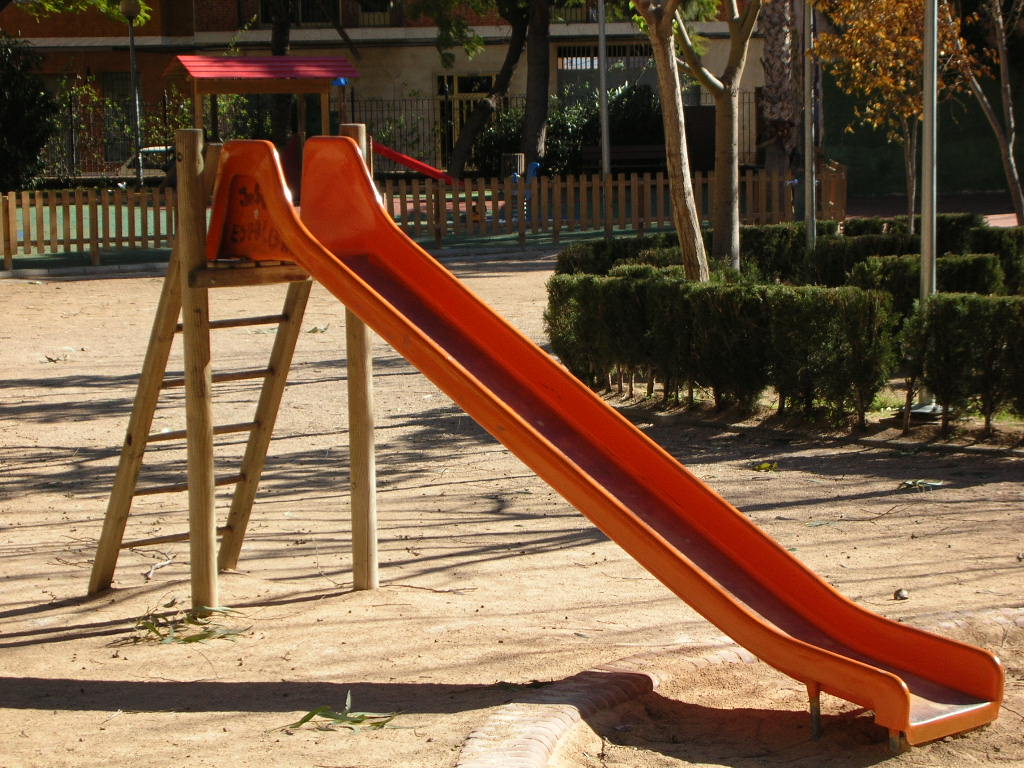Modern APFSDS rounds won't slip (quite sure you mean ricochet) until it comes in contact with a piece of armor that's sloped at about 85+ degrees, so it's near horizontal really.
HEAT rounds will slip (ricochet). Spaced armor (let it explode as early as possible) is only good for light vehicles. Modern MBTs have advanced composite-ceramic with NERA and possible Tungsten/Depleted uranium armor arrays, which are basically impenetrable to most HEAT rounds out there.
Thanks for the military standard english.
So, if I am not taking it wrong, you state that as long as the warhead didn't penetrate the armour, it (whatever left of the warhead) ricochet the impact point.
How do you differentiate that:
Case 1, warhead hit directly at a nearly 90 degree armour, delivers most of the momentum to the armour, yet still fail to penetrate, and what's left of the twisted warhead bounce off the impact point.
Case 2, warhead at nearly 10- degree hit the armour, didn't actually deliver much momentum at the impact, and of course the armour stands. The mostly non-twisted warhead bounce off the impact and fly to certain direction with a (still) creditable speed and trajectory.
Because I am sure case 2 is THE SLIP (ricochet) I am talking about.
And it is THE SLIP I am refering, refer back to "
Merkava's turret is insanely sloped, making it almost like a turtle. I really think that many anti tank rounds hitting it would simply slide against the turret instead of detonating." posted by
pugachev_diver, at #1151, page 77. - That I do not agree with this comment.
Because those "insanely slopped" turret armour, are only (suck at technical english again) composite / ceramic plate (plate!
accessory of the "main armour / hull armour"), structually weak. Those good looking plates, are not going to withstand a decent impact and do some magic like CASE 2 above, that structurely withstand the impact, bouncing off the warhead, without itself structually shattered.
Please refer to
no_name's #1152, page 77, the 2nd picture. Merkava's goodlooking insanely slopped turret armour, are the
purple color part of that picture. It is EFFECTIVE at do something of absorb certain amount energy of the warhead, SHATTER ITSELF in the process. The green main armour,
maybe can then withstand the rest of the warhead. no_name's post is about type 99's armour, but almost all of modern MBT which (suddenly) have had a "slopped turret", is the same structure. (Check Leopard-II A6 German MBT's "slopped turret" - the inside)
But let that "insanely slopped" turret armour (ceramic plate) alone, to ricochet the whole warhead itself - like I said, (if happened) that APFSDS round, is laughable.

